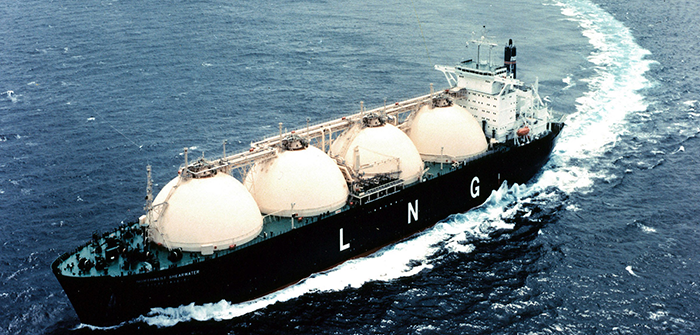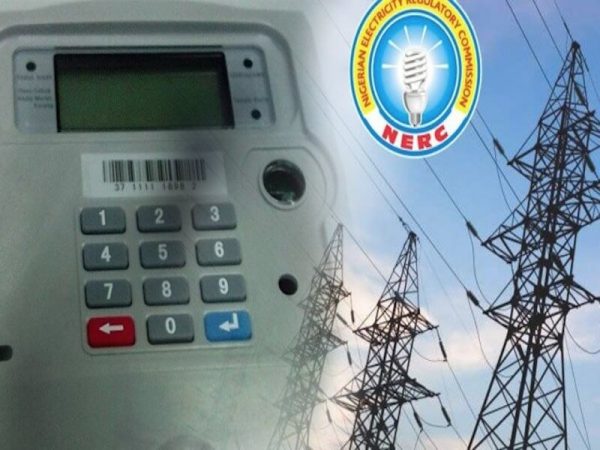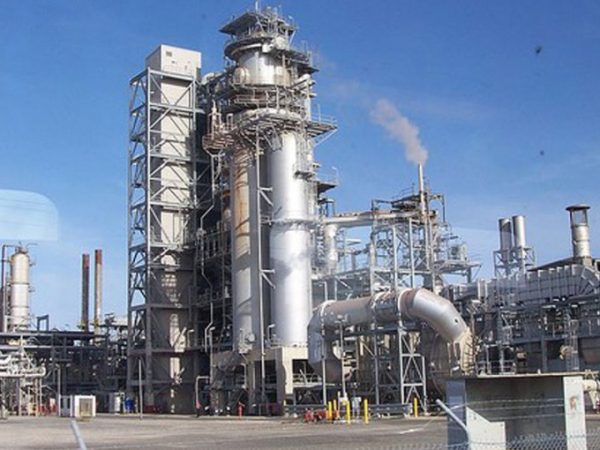Whither Africa’s LNG Projects Amid Looming Glut?

In March this year, Anadarko Petroleum, the primary operator of Mozambique’s Rovuma Offshore Area 1, which is estimated to hold more than 65 trillion cubic feet of natural gas, said it had sold two-thirds of the capacity of its planned Mozambique LNG project to Asian customers.
Anadarko expects to make the FID later in 2014. The official timeline pegs 2018 as the year of the first LNG delivery.
In Tanzania, Statoil, BG Group, Ophir Energy and ExxonMobil are teaming up to look at building the country’s first LNG export terminal. But political turmoil is slowing the project.
Tanzania project sponsors are considering the possibility of three 5-mtpa trains and aim to make an FID by the end of 2016. Production could start in 2021 or 2022. Increasing risk of destructive competition
With the wave of new capacity set to come online between 2015 and 2018, global liquefaction capacity is projected to expand by 100 million tonnes per annum (mtpa) by 2018, or a 35 percent increase.
The huge amount of new global liquefaction capacity that has been proposed or is under construction in many markets including North America, Africa, Australia and Russia — all lead to the increasing risk of destructive competition, says Ernst & Young in a recent report.
Fifteen Canadian LNG export projects have been proposed and another two dozen have been proposed in the Unites States (US). Seven US projects, with a total of about 9 bcfd of export capacity (equivalent to more than 12.5 percent of current US natural gas production) have received full export approvals. Approved export project capacity could top 10 bcfd by the end of 2014.
In the US, one of the approved projects is already under construction, with first exports expected in late 2015. Seven Canadian projects have already received export permits with the expectation that many more will be approved.
All eyes on energy-hungry Asia
Competition between exporters of LNG for the high-demand Asian markets is on the rise, even as industry analysts have said that going forward, gas trade flows will become more Asia-focused.
Asia’s fast growing economies will be the main drivers of growth in global gas demand in the next decade, according to global management firm McKinsey. Forecasts from the US Energy Information Administration (EIA) suggest that demand in Asian countries that are not part of the OECD will grow 4.5 percent between 2010 and 2035. The countries, which includes China, India and Indonesia, would see demand rise from 350 billion cubic metres per year in 2012 to 870 billion cubic metres per year in 2030, accounting for more than a third of gas demand in that period.
LNG projects in Africa, which are largely targeted at the Asian markets, face severe competition from other parts of the world, especially the US.
While Australia and Papua New Guinea hold the distance advantage for shipping gas to Japan and South Korea, East Africa is closer to the growing LNG market of India.







